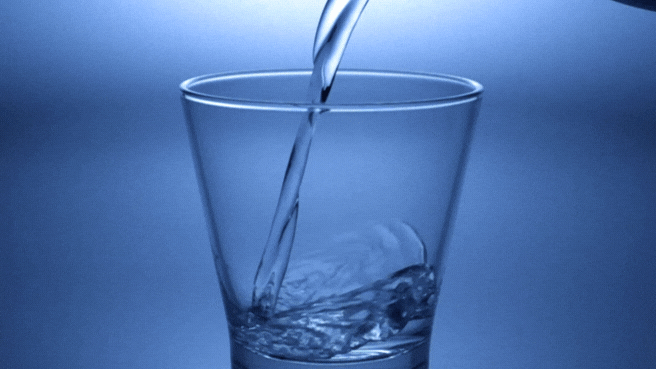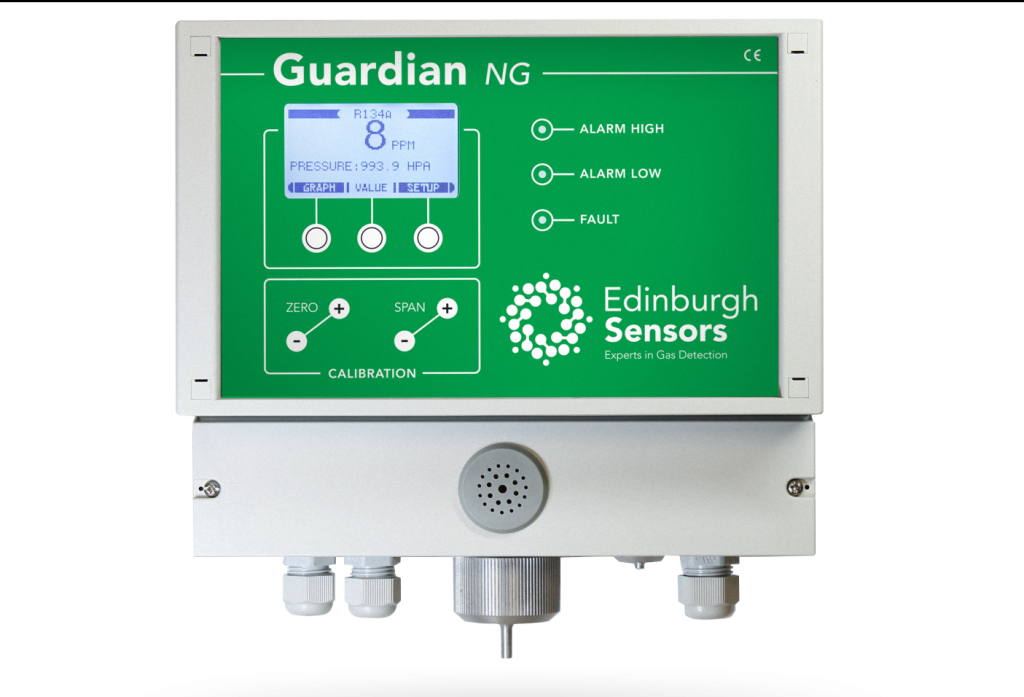What is the Water Purification Process?
The processing of clean and safe drinking water and drinking water purification methods are an international issue. Even within the UK, water purification and treatment is big business, with £2.1 billion being invested by utilities in England and Wales between 2013 and 2014.2 The water purification process consists of removing undesirable chemicals, bacteria, solids and gases from water, so that it is safe to drink and use. The standard of purified water varies depending on the intended purpose of the water, for example, water used for fine chemical synthesis may need to be ‘cleaner’ i.e. have fewer chemicals present, than is tolerable for drinking water, the most common use of purified water.

What Are The Main Water Purification Processes?
The water purification process involves many different steps. The first step, once the water has been piped to the purification plant, is filtering to remove any large debris and solids. There also needs to be an assessment of how dirty the water is to design the purification strategy. Some pre-treatment may also occur using carbon dioxide to change pH levels and clean up the wastewater to some extent. Here, gas monitors are used to ensure the correct gas levels are being added to the water and unsafe levels of the gas do not build up.
The following steps include chemical treatment, an filtration to remove dissolved ionic compounds.3 Then, disinfection can occur to kill any remaining bacteria or viruses, with additional chemicals being added to provide longer lasting protection.4 At all stages, the water quality must be constantly monitored. This is to ensure that any pollutants have been adequately removed and the water is safe for its intended purpose.
In-line gas monitors are often used as part of the water treatment process as a way of monitoring total organic carbon (TOC) content. Carbon content in water can arise from a variety of sources, including bacteria, plastics or sediments that have not been successfully removed by the filtration process.5 TOC is a useful proxy for water cleanliness as it covers contamination from a variety of different sources.
To use non-dispersive infrared (NDIR) gas monitors to analyse the TOC content of water, a few extra chemical reactions and vaporisation need to be performed to cause the release of CO2 gas. The resulting concentration of gas can then be used as a proxy of TOC levels.6 This then provides a metric than can be used to determine whether additional purification is required or that the water is safe for use.

Using Gas Monitors in the Water Purification Process

NDIR gas sensors can be used as both a safety device in the water purification process as carbon dioxide, methane, and carbon monoxide are some of the key gases produced during the treatment process. 5 The other key use is for analysis of TOC content as a way of checking for water purity.7 NDIR sensors are particularly well suited for TOC analysis as carbon dioxide absorbs infrared light very strongly. This means that even very low carbon dioxide concentrations can be detected easily, making it a highly sensitive measurement approach.6 Other hydrocarbon gases can also easily be detected in this way, making NDIR sensors a highly flexible, adaptable approach to monitoring TOC and dissolved gas content in water.
Gas Sensor Solutions
The need for constant gas monitoring to guide and refine the water purification process during wastewater treatment means water purification plants need permanent, easy to install sensors that are capable of continual online monitoring. One of the most effective ways of doing this is having OEM sensors that can be integrated into existing water testing equipment to also provide information on water purity.
These reasons are why Edinburgh Sensors range of nondispersive infrared (NDIR) gas sensors are the perfect solution for water purification plants. NDIR sensors are highly robust with excellent sensitivity and accuracy across a range of gas concentrations. Two of the sensors they offer, the Gascard NG8 and the Guardian NG9 are suitable for detecting carbon monoxide, carbon dioxide or other hydrocarbon gases. If just carbon dioxide is of interest, then Edinburgh Sensors offers are more extensive range of monitors, including the Gascheck10 and the IRgaskiT.11
The advantage of NDIR detection for these gases are the device initial warm-up times are less than 1 minute, in the case of the Guardian NG. It is also capable of 0 – 100 % measurements such gases with a response time of less than 30 seconds from the sample inlet. The readout is ± 2 % accurate and all these sensors maintain this accuracy over even challenging environmental conditions of 0 – 95 % humidity, with self-compensating readout.

The Guardian NG comes with its own readout and menu display for ease of use and simply requires a reference gas and power supply to get running. For water purification purposes, the Gascard is particularly popular as the card-based device is easy to integrate into existing water testing equipment so testing of gases can occur while checking purity. .
Edinburgh Sensors also offers custom gas sensing solutions and their full technical support throughout the sales, installation and maintenance process.
View our range of gas sensors available.
Contact Us
Please don’t hesitate to contact us. The team at Edinburgh Sensors would be delighted to be of assistance to provide further information about methods in water purification.
References
- Gleick, P. H. (2002). Dirty Water: Estimated Deaths from Water-Related Diseases 2000-2020 Pacific. Pacific Institute Researc Report, 1–12.
- Water and Treated Water (2019), https://www.gov.uk/government/publications/water-and-treated-water/water-and-treated-water
- Pangarkar, B. L., Deshmukh, S. K., Sapkal, V. S., & Sapkal, R. S. (2016). Review of membrane distillation process for water purification. Desalination and Water Treatment, 57(7), 2959–2981. https://doi.org/10.1080/19443994.2014.985728
- Hijnen, W. A. M., Beerendonk, E. F., & Medema, G. J. (2006). Inactivation credit of UV radiation for viruses, bacteria and protozoan (oo)cysts in water: A review. Water Research, 40(1), 3–22. https://doi.org/10.1016/j.watres.2005.10.030
- McCarty, P. L., & Smith, D. P. (1986). Anaerobic wastewater treatment. Environmental Science and Technology, 20(12), 1200–1206. https://doi.org/10.1021/es00154a002
- Scott, J. P., & Ollis, D. F. (1995). Integration of chemical and biological oxidation processes for water treatment: Review and recommendations. Environmental Progress, 14(2), 88–103. https://doi.org/10.1002/ep.670140212
- Florescu, D., Iordache, A. M., Costinel, D., Horj, E., Ionete, R. E., & Culea, M. (2013). Validation procedure for assessing the total organic carbon in water samples. Romanian Reports of Physics, 58(1–2), 211–219.
- Gascard NG, (2019), https://edinburghsensors.com/products/oem/gascard-ng/
- Guardian NG (2019) https://edinburghsensors.com/products/gas-monitors/guardian-ng/
- Gascheck (2019), https://edinburghsensors.com/products/oem/gascheck/
- IRgaskiT (2019), https://edinburghsensors.com/products/oem-co2-sensor/irgaskit/
- Boxed GasCard (2019) https://edinburghsensors.com/products/oem/boxed-gascard/

